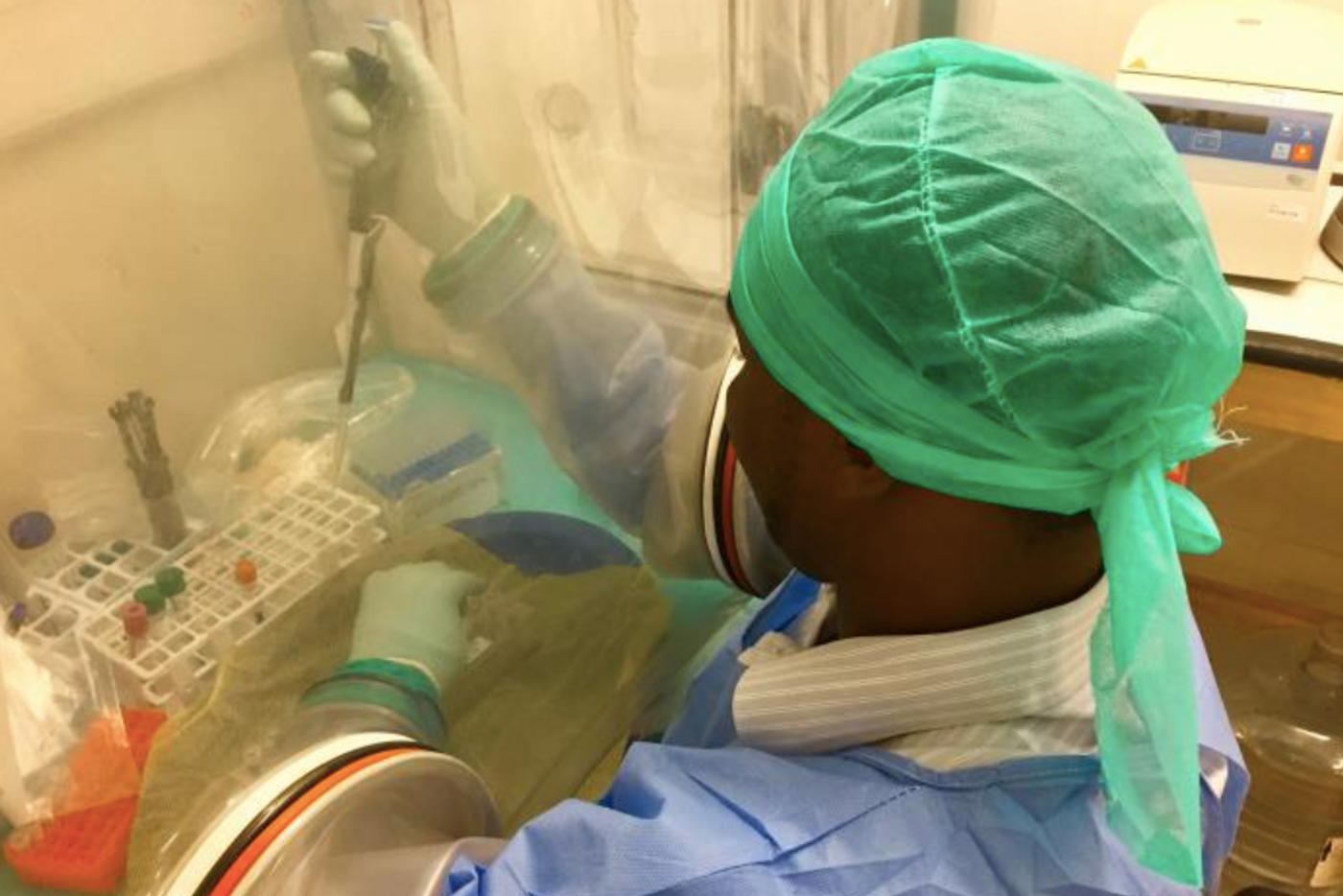Uganda is on Alert Due to an Outbreak of Sudan Virus Disease
Sudan virus (SUDV) can infect people to cause Sudan virus disease (SVD). Right now, an outbreak of SVD has been detected in Uganda. The first patient, a 32-year-old nurse, died from the illness on January 29, 2025. Just over 200 contacts, including family members, have been identified and are being monitored. As of February 4, 2025, another two patients who are relatives of the index case have been identified. The World Health Organization is responding to this crisis.
SUDV is in the same family as Ebola, and is a hemorrhagic fever; SUDV is also known as the Sudan Ebola. The virus tends to have high case fatality, which has ranged from 41 to 70 percent in past outbreaks, and there are no treatments for the disease.
The incubation time of the virus can range from two to 21 days, but is typically within a week to eleven days. It tends to begin with non-specific symptoms like a high fever, sore throat, fatigue, and abdominal pain, which usually progresses to vomiting, diarrhea, and nausea within a few days. Severe symptoms may arise as well, including bleeding from various places on the body, shock, and organ failure.
The disease can spread from one person to another through contact with infected bodily fluids or surfaces that have been contaminated with the virus. Anyone who has direct contact with the patient, or a person who died from SVD, is at risk.
"Our rapid response teams are fully deployed, contact tracing is under way, and all necessary measures are in place to contain the situation," Diana Atwine, MBChB, secretary of the Ugandan Ministry of Health has stated. "We assure the public that we are in full control."
Uganda has experience managing hemorrhagic fever outbreaks, and WHO has stated that they are responding effectively. However, the scope of this outbreak is currently unknown, so WHO has not been able to estimate what the risk may be to neighboring countries. The outbreak is also occurring in Kampala, a city of over 4 million people.
Uganda has also begun a clinical trial of an SVD vaccine. So far, about 2,000 doses have been provided by the non-profit IAVI, these doses are being given to healthcare workers.
A very recent study reported in Communications Biology has also shed more light on how SUDV infects cells. Like Ebolavirus, it can bind to a receptor known as NPC1. Cryo-electron microscopy revealed how the Sudan virus and NPC1 interact, which may help scientists develop preventive treatments or therapeutics for the infection.
Sources: CIDRAP, World Health Organization









